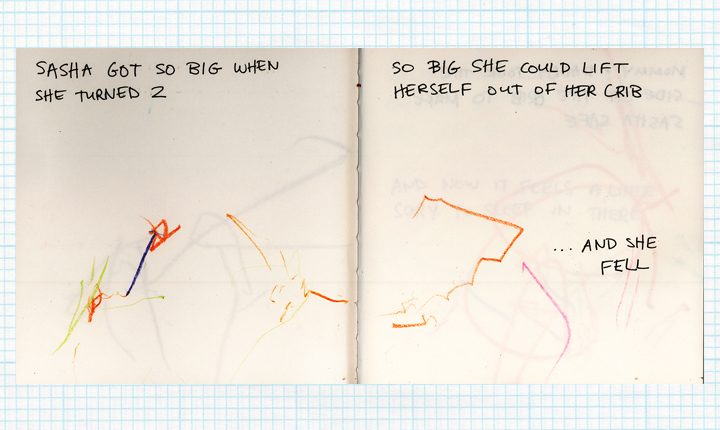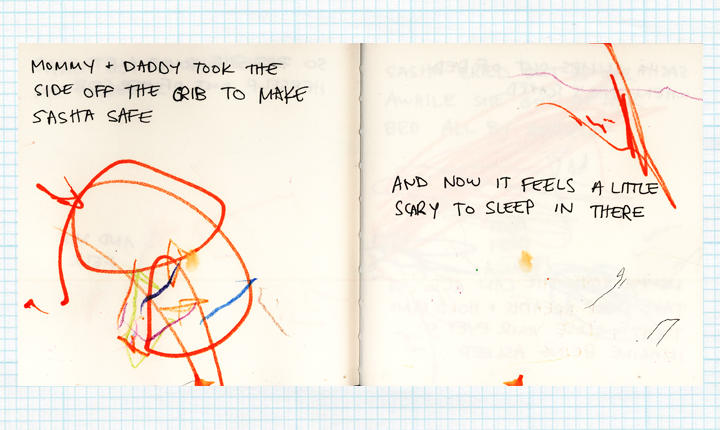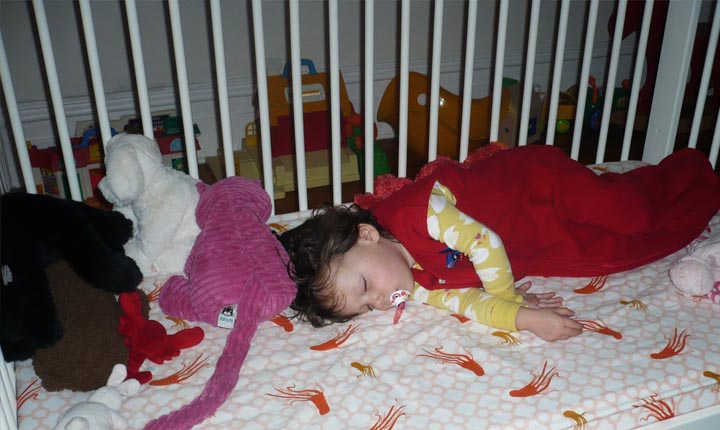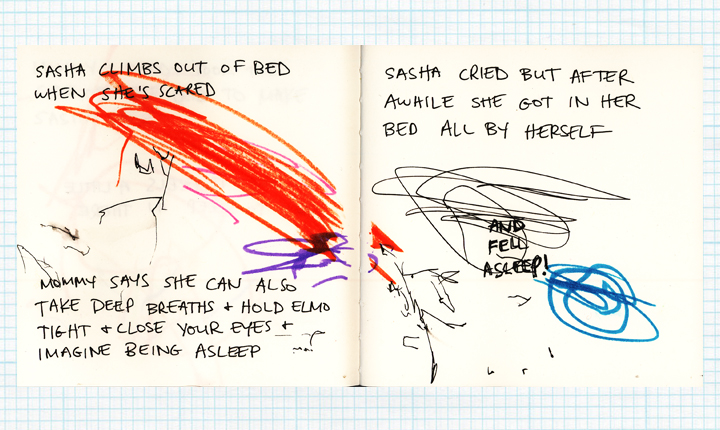The Longest Shortest Time
A Note on Sleep
Wow, sleep issues really bring out the commenters in full force! Thanks to everyone who offered ideas, experience, and book recommendations yesterday. I am pleased to report that last night’s bedtime was much less painful than the previous night. I will get to why I think that was true in a minute.
First, a note on sleep.
As Kate and I discussed in episode 11, sleep is a very divisive—perhaps the most divisive—baby issue out there. I now see that this is probably true of older children, too. In the many comments I received on my last post, suggestions ranged from getting a crib tent to the idea that holding the door shut could cause a child to be traumatized. I’ve talked to a lot of moms about raising babies, both in my personal life and through LST, and my conversations have led me to firmly believe that all children have different needs, all parents have different needs, and as a result all relationships and families have different needs. In all of my parenting decisions so far I have not tended to subscribe strictly to one method or another but rather to feel my way to what works best for us.
As Sasha gets older, I come to know her better and while a change in her routine can feel absolutely flabbergasting at first, I have to remind myself that I do know her and I know what she responds to and doesn’t respond to based on past experiences. I know, for example, that when it comes to sleep, my presence in the room only distracts her from dozing. For some kids, back rubbing or singing or lying still with them or continually walking them back to their room until they fall asleep will do the trick. But I swear to you, Sasha could keep something like that going all night long. I have seen her do it—back when she had the broken leg and also when we’ve been on vacation. Seriously. All night, into the morning. It just doesn’t do anyone in our family any good.
What I do think works well with her is talking and drawing about the emotions that underlie a behavior. We did it with our Leg Book, and I decided to try it again.

We talked about the reason for the change

And how changes can feel scary. And make you sad and angry.
We read our emotions books, relating the feelings to Sasha’s current situation. And I gave her some suggestions about things she could do when she feels scared and angry: take deep breaths, hold Elmo so tight, close your eyes and imagine being asleep, cry if you need to. I reminded her how strong she is and how she got through that broken leg business, which was so hard. She did escape from her room a few times and we decided to hold the door shut again for a few minutes. I am not sure what she did behind that door, but I did hear crying and some playing with toys . . . and eventually and huge sigh. And then nothing.
When we went to check on her, we found this:

She had gotten in all by herself!

We added this last page this morning.
I started to worry after a couple of the comments yesterday that holding the door shut was damaging Sasha. But after a lot of thought, here’s what I’ve concluded. I think it is okay for Sasha to be angry and upset and scared about the change with the crib. In fact, I think she should feel angry, upset, and scared. And I think this situation has provided a great way for us to talk about those emotions and for her to express them safely. Having the door shut gives her the ability to get her emotions out—and in her sacred space, her room. Yes, my presence in her room would probably keep her from crying and yelling temporarily. But in this instance, I think it is really healthy for her to be crying and yelling. For one thing, the crying and yelling doesn’t last very long. And also, she goes to sleep once she’s gotten it all out. With each naptime and bedtime, the tantrums have shortened and sleep has come more quickly. Granted, she is at this very moment passed out on her rug surrounded by toys, but I think she will soon figure out that her mattress is a much more comfortable place to settle than the floor. (Or maybe she won’t, but that’ll be fine, too.)
Now, let me be clear: I don’t know that this method would work or be appealing for everybody. But it is what is working for us and I have come to feel good about it. I believe that by shutting the door I am giving Sasha some valuable tools—not only the skills to express her emotions but the confidence to know that she has the strength to solve problems on her own. And in turn I have confidence as a mother that my daughter will have had practice in helping herself through emotionally distressing times.
When we first sleep-trained Sasha, she was about 10 months old and while I could talk her through what was going on, I’m not sure how much sunk in. Sleep issues these days feel a little more weighty because she’s older and more aware but that awareness also provides so much opportunity for communication. And I plan to use that to my best advantage as she continues to grow and struggles become more complex.
The Longest Shortest Time may earn a small commission from products linked on this site. Using our affiliate links helps support our work.